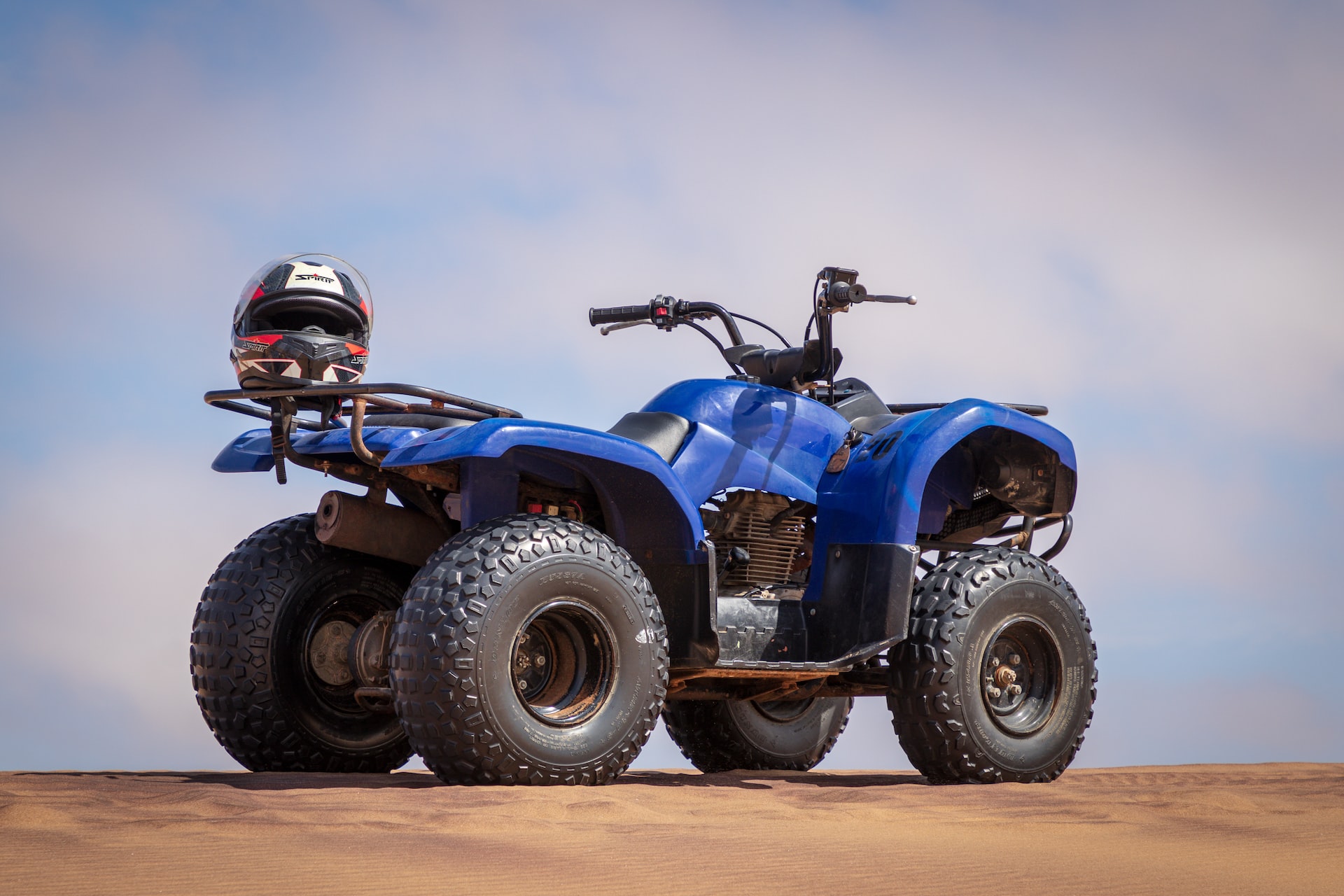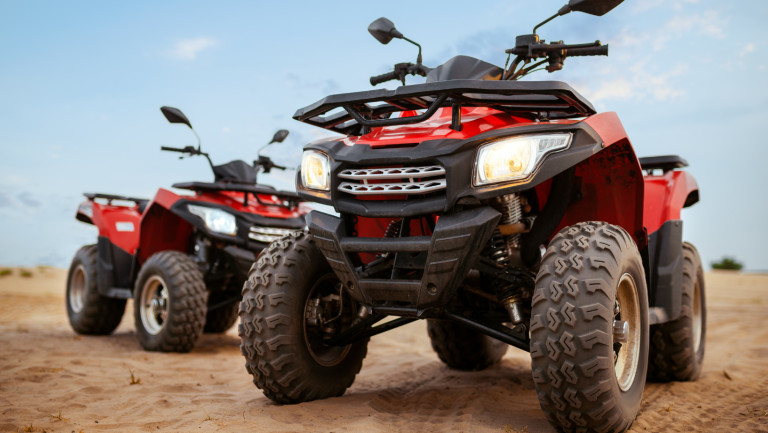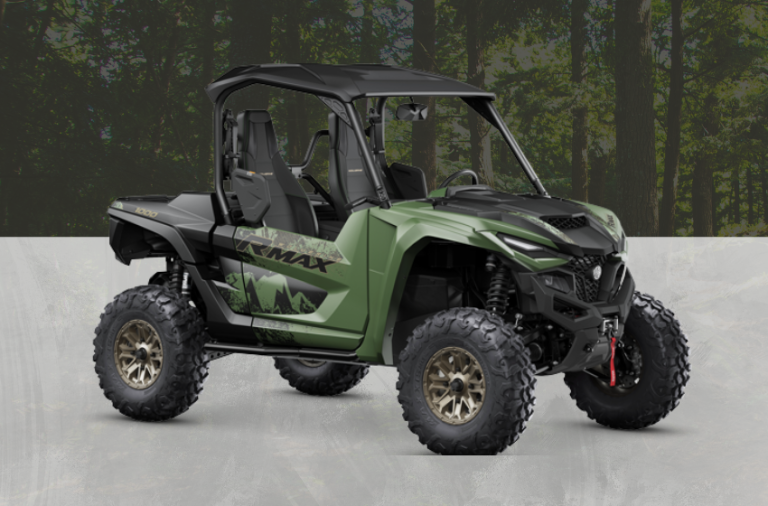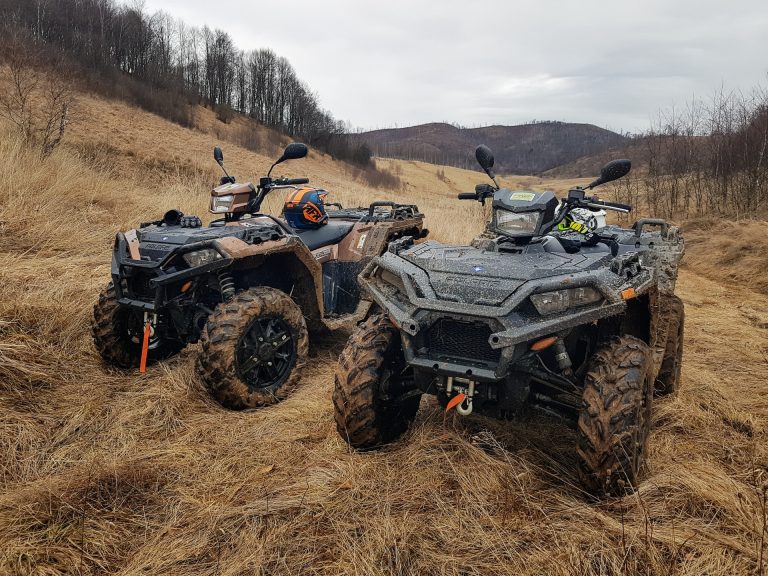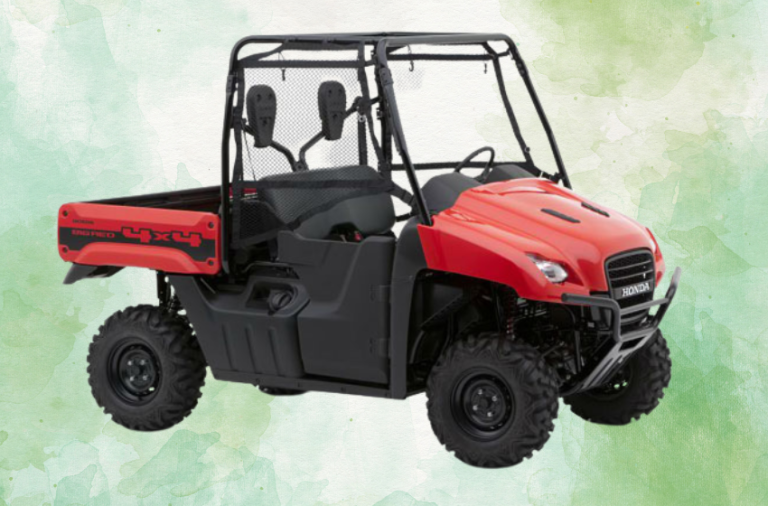Tips for Safely Transporting Your UTV/ATV to Your Destination
Transporting your UTV or ATV can be stressful if you’re not sure how to properly do it. In this article, we provide helpful tips on how to safely transport your off-road machines and avoid any potential harm during transit.
From understanding weight capacity and loading equipment to securing your vehicle and choosing between trailers and pick-up trucks, we cover everything you need to know to transport your UTV or ATV with confidence.
Table of Contents
- Why Proper Transportation of ATVs/UTVs is Essential
- Understanding Weight Capacity
- Loading Your ATV/UTV
- Securing Your ATV/UTV
- Choosing Between Trailers and Pick-up Trucks
- Benefits of ATV/UTV Trailers
- Conclusion
Why Proper Transportation of ATVs/UTVs is Essential
Proper transportation of ATVs and UTVs is vital to ensure their longevity and prevent any damage.
During transit, these rugged vehicles may face many jolts and bumps that can cause significant harm if not moved correctly. Using the right transportation equipment, understanding the weight limits and regulations, and correctly tying down your vehicle are simple steps you can take to avoid potential hazards.
Transporting your off-road machines, especially on highways or long-distance journeys, raises concerns about their safe transport, for both your vehicle’s safety and that of other drivers on the road. Following these guidelines will ensure that you are not only responsible but that you can have a carefree and enjoyable off-road ride at your destination without any hiccups.
Understanding Weight Capacity
Choosing the right transportation method depends on the weight of your vehicle. It’s crucial to know the weight capacity of the ramps or the truck bed you intend to use for transporting the machine.
Ignoring this may lead to accidents or load shifts that can cause harm to the vehicle and neighboring cars.
It is also important to know your tow vehicle’s weight capacity and avoid any awkward spinning of the wheels or even worse, the vehicle jerking forward and hitting the machinery.
To ensure weight distribution is even, evenly distribute the weight of the ATVs/UTVs and all other gear carried appropriately.
Loading Your ATV/UTV
Choosing the right loading equipment is critical to reduce the risk of injuries and damages.
The loading ramps should be rated sufficiently for the weight capacity of your vehicle. The ramps’ quality has to be high with enough width and length to ensure a smooth transition onto the truck bed or trailer.
It’s vital to take your time to load and unload your off-road machines safely and efficiently. Ideally, loading should take not more than two people if you have the appropriate equipment.
Ensure that the load is accessible and easily visible through the side mirrors.
Securing Your ATV/UTV
Securing the off-road machine before transport is paramount.
Even with so much care, a small lapse can lead to delicate loads becoming imbalanced, resulting in accidents that can be fatal. In this case, you want to keep the vehicles securely in place.
The first step to securing most equipment is choosing the right tie-downs. The tie-downs must be strong and robust enough to prevent your vehicle from shifting during the journey.
The most common choice for securing ATVs and UTVs is a combination of ratcheting straps that hold the vehicle in place and work in pairs. Additionally, you can always use soft loops to protect the handlebars or the machines’ fragile areas.
Choosing Between Trailers and Pick-up Trucks
There are many advantages and disadvantages to both trailers and pick-up trucks. A significant advantage of a pickup truck is that it is versatile, are a more versatile option for hauling other cargo as well while trailers are mainly used for off-road machines but are more expensive to acquire.
Trailers can carry multiple vehicles and other cargo, while pick-ups cannot. Therefore, select one based on your particular usage needs and preferences.
Benefits of ATV/UTV Trailers
ATV and UTV trailers provide a plethora of benefits for transporting off-road machines. Firstly, it eliminates the hassle of fitting the machine into a truck bed, which may cause damages or risky maneuvers that endanger other commuters.
Since trailers are specifically designed for accommodating towing and transporting, they prove more efficient at moving these mobile vehicles from one location to another. Additionally, trailers allow for multiple off-road vehicles to be transported at once, so you can carry everything you need without making multiple trips.
Considerations Before Purchasing
Before purchasing a trailer, there are several factors you must consider. As with any vehicle, you will require licensing, registration, and insurance for roadside use, so that it becomes a legal entity.
When choosing a trailer, make sure your towing vehicle can support the weight and dimensions of both the trailer and off-road machines. Take note of the dimensions of your chosen route so that there is proper clearance on the road.
You require a compatible towing hitch based on the trailer’s height, weight, and dimensions. Always check with the seller for the size and weight limits and the availability of a ramp.
Loading ATV/UTV onto Trailer
When loading your off-road machines onto the trailer, ensure that it is parked on level ground. Measure the tongue height to ensure proper height for the towing vehicle.
The ramp must be secure and at a stable angle, so ensure it is correctly positioned. For better visibility, load the larger vehicle first, and guide it up the ramp or use a winch.
Alternatively, you can also drive the vehicle onto the trailer. Ensure the heaviest part of the machine is close to the front of the trailer to maintain even weight distribution.
In addition, always secure it with ratchet-straps and tighten them firmly but not excessively. Turn on the parking brake as well.
Safety While Transporting
Drive slowly and cautiously to ensure your machine’s safety while on the trailer. Perform regular inspections on both the towing equipment and the trailer.
Check that the chains, brakes, and lights are functional and correctly secured. Check the tire pressure and look for any punctures that may cause your vehicle to wobble while on the trailer.
Open vs. Enclosed ATV/UTV Trailers
Deciding between an open and enclosed trailer depends on the distance and conditions that you will be traveling with the off-road machines.
Open trailers are a more affordable option than enclosed ones and may be appropriate for short distances. Enclosed trailers are more secure and can protect your vehicle from weather elements.
They often come with a built-in lock and additional storage making them highly convenient.
Maintaining ATV/UTV Trailer
Your trailer must be adequately maintained regularly to keep it in great working condition.
Cleaning the trailer regularly can prevent rust and damage. Lubricate the wheel bearings and hinges, and inspect, tighten bolts and nuts.
Repair any damages immediately to prevent further harm to the machines.
Conclusion
Transporting your UTV or ATV can be a daunting task, but with the right precautions and equipment, you can ensure a safe and smooth journey.
Understanding the weight limits, properly loading your vehicle, and correctly securing it are all important steps that you should not overlook. Choosing between trailers and pick-up trucks depends on individual needs, but trailers provide numerous benefits such as multiple vehicle transportation and protection from weather elements.
Don’t forget to regularly inspect and maintain your trailer to keep it in great condition. By following these tips, you can keep your off-road vehicle safe and extend its lifespan.

